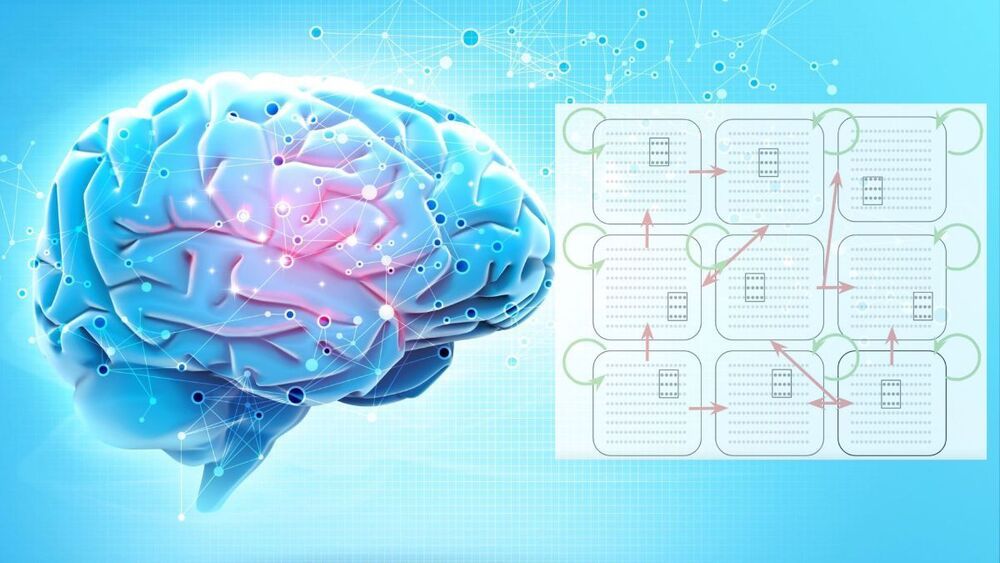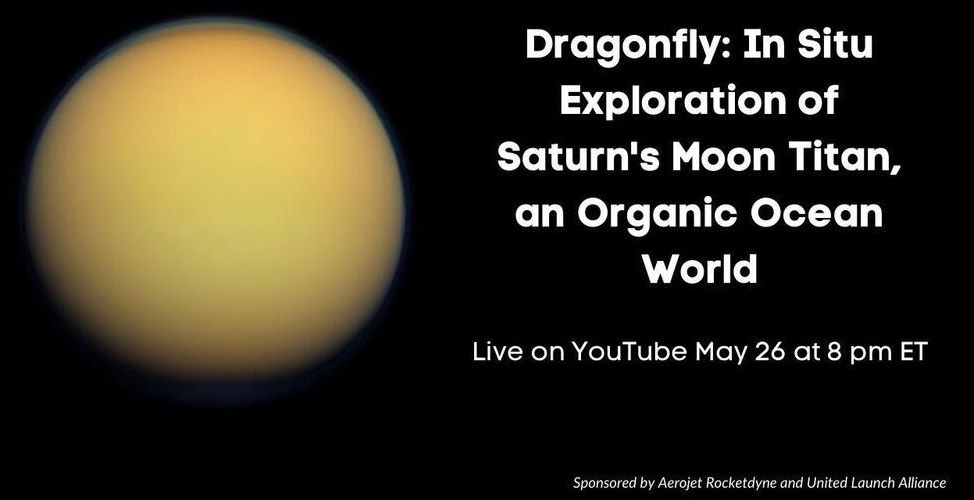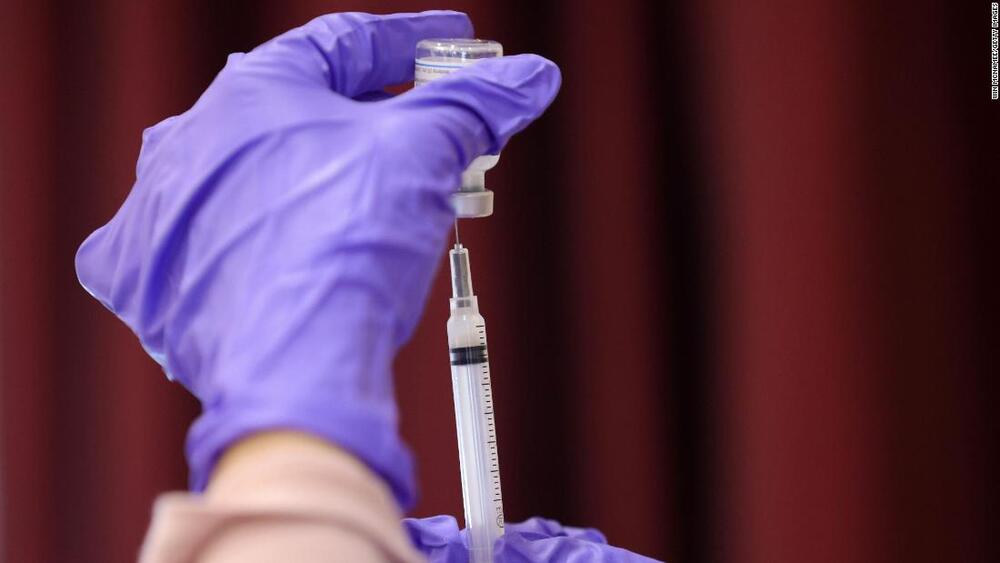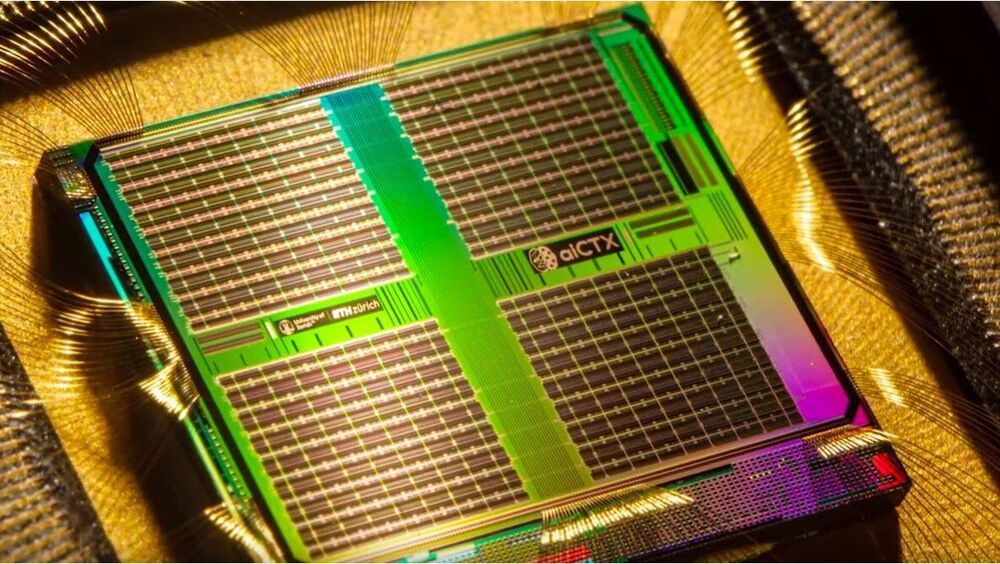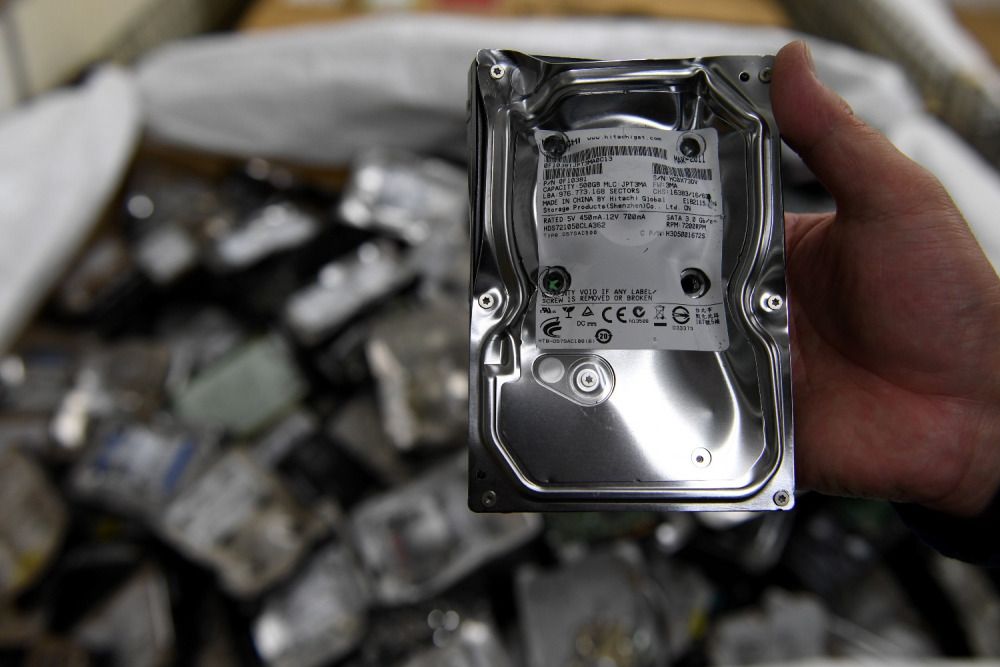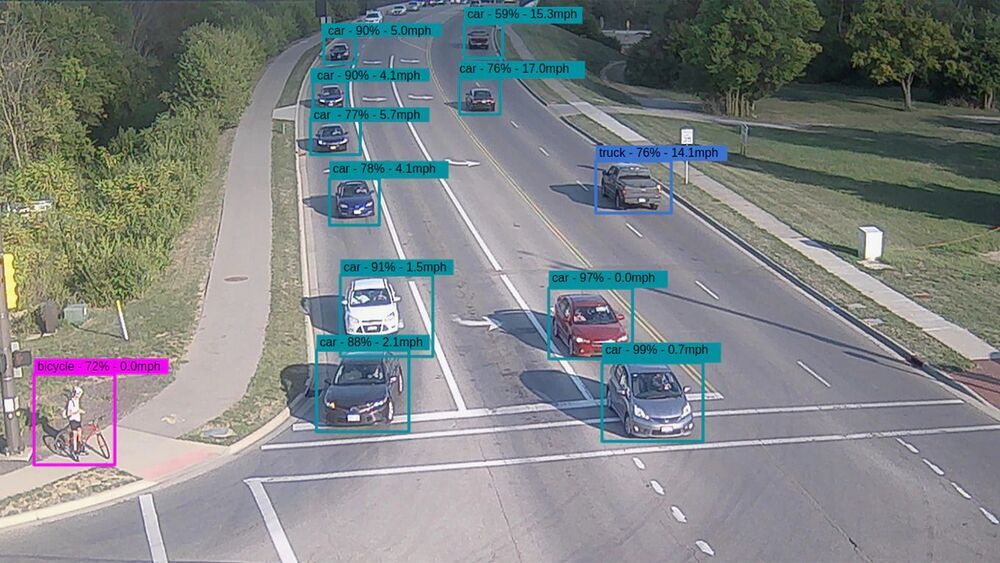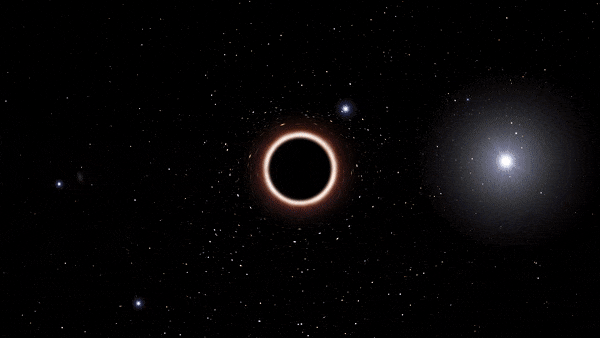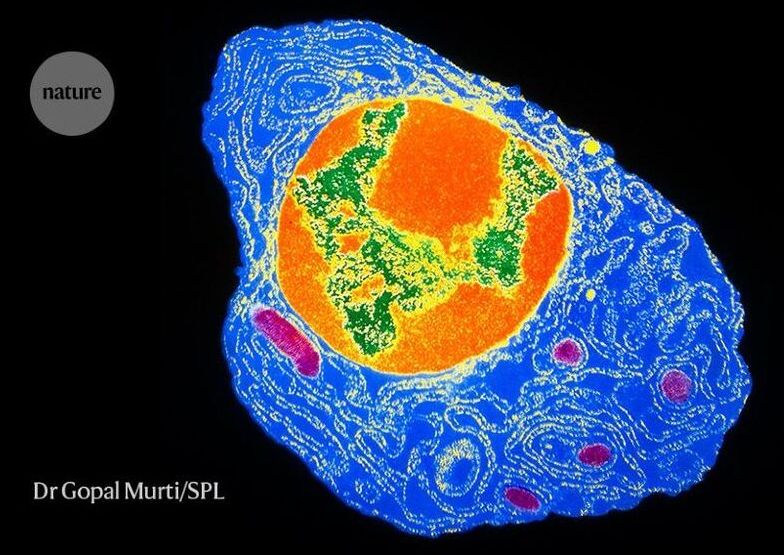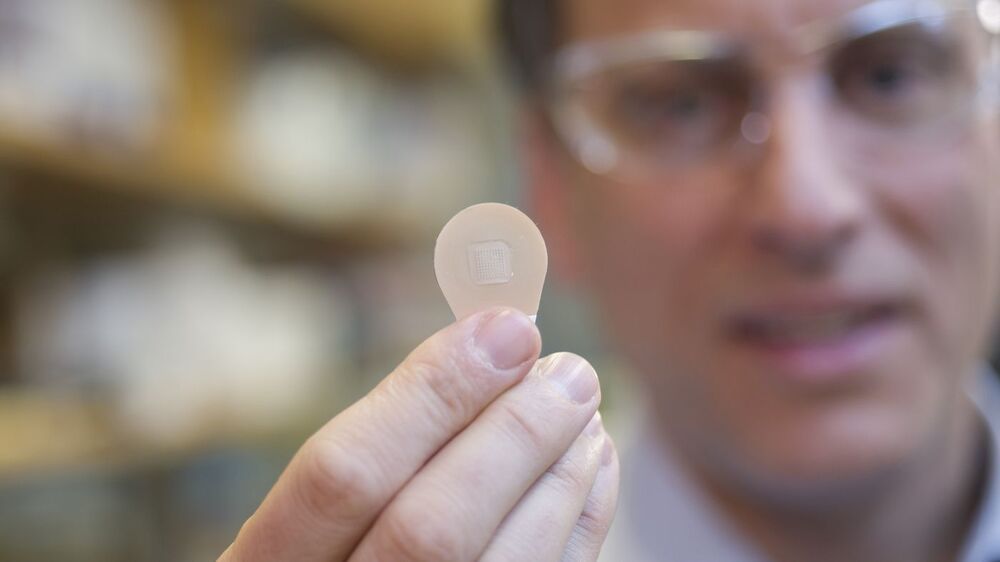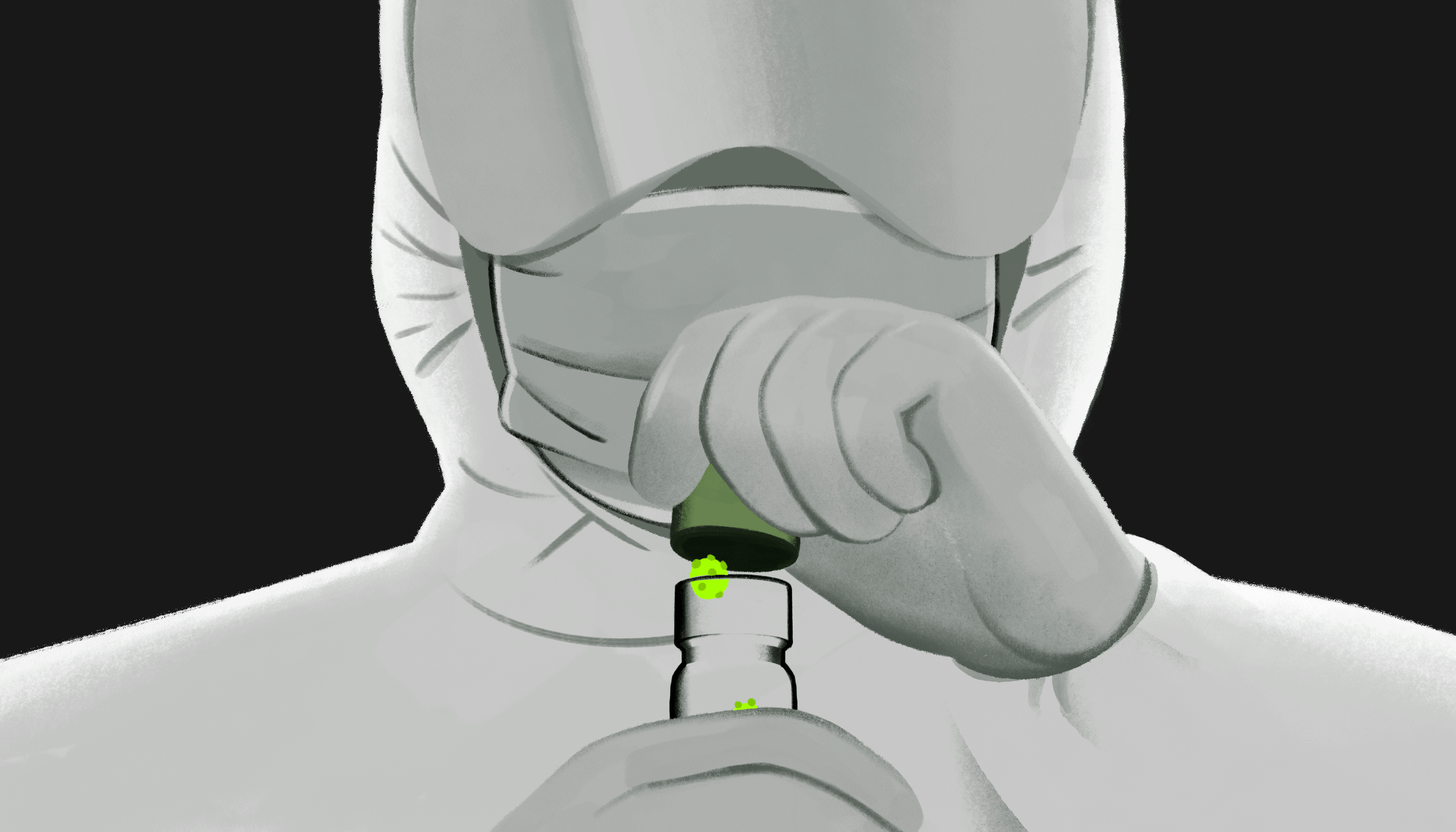At Google’s workshop on the conceptual understanding of deep learning, award-winning computer scientist Christos Papadimitriou discussed brain assemblies and their correspondence with artificial intelligence.
Wednesday, May 26 at 8 pm ET, discover what we hope to learn about Saturn’s fascinating moon Titan, featuring planetary scientist Zibi Turtle. Register: https://s.si.edu/2Q58d9N
Saturn’s largest moon, Titan, is an ocean world with a dense atmosphere, abundant complex organic material on its icy surface, and a liquid-water ocean in its interior. The Cassini-Huygens mission revealed Titan to be surprisingly Earth-like, with active geological processes and opportunities for organic material to have mixed with liquid water on the surface in the past. These attributes make Titan a unique destination to seek answers to fundamental questions about what makes a planet or moon habitable and about the pre-biotic chemical processes that led to the development of life here on Earth.
NASA’s upcoming Dragonfly New Frontiers mission is a rotorcraft lander designed to perform long-range in situ investigation of the chemistry and habitability of this fascinating extraterrestrial environment. In this program, Planetary scientist Zibi Turtle from the Johns Hopkins Applied Physics Laboratory will discuss this fascinating new mission: Taking advantage of Titan’s dense atmosphere and low gravity, Dragonfly will fly from place to place, exploring diverse geological settings to measure the compositions of surface materials and observe Titan’s geology and meteorology. Dragonfly will make multidisciplinary science measurements at dozens of sites, traveling ~100 miles during a 3-year mission to characterize Titan’s habitability and to determine how far organic chemistry has progressed in environments that provide key ingredients for life.
The Exploring Space Lecture Series is made possible by the generous support of Aerojet Rocketdyne and United Launch Alliance.
Since the start of the pandemic, scientists have been seeking to better understand immunity to the novel coronavirus. How long is a person immune after having Covid-19, after getting vaccinated, or both? And what could long-lasting immunity mean for booster shots?
It’s still too early to tell — but experts are getting closer to cracking the code.
Researchers from Zurich have developed a compact, energy-efficient device made from artificial neurons that is capable of decoding brainwaves. The chip uses data recorded from the brainwaves of epilepsy patients to identify which regions of the brain cause epileptic seizures. This opens up new perspectives for treatment.
Current neural network algorithms produce impressive results that help solve an incredible number of problems. However, the electronic devices used to run these algorithms still require too much processing power. These artificial intelligence (AI) systems simply cannot compete with an actual brain when it comes to processing sensory information or interactions with the environment in real time.
What Bitcoin does for electricity and Ethereum for video cards, Chia does for hard disks.
AI and cloud-based computing are saving billions of dollars in lost commuting time—and keeping you on your way.
Related: The 12 strangest objects in the universe
The most plausible explanation for the survival of G2 is that it’s more than just an ordinary gas cloud. Its hidden superpower? A star or two could be tucked inside the cloud, and the gravity of that star kept the whole structure intact during its passage near the black hole.
But there’s another, more radical explanation: Perhaps, the supermassive black hole isn’t really a black hole. Perhaps, it’s a fuzzy clump of dark matter.
Many people who have been infected with SARS-CoV-2 will probably make antibodies against the virus for most of their lives. So suggest researchers who have identified long-lived antibody-producing cells in the bone marrow of people who have recovered from COVID-191.
The study provides evidence that immunity triggered by SARS-CoV-2 infection will be extraordinarily long-lasting. Adding to the good news, “the implications are that vaccines will have the same durable effect”, says Menno van Zelm, an immunologist at Monash University in Melbourne, Australia.
Antibodies — proteins that can recognize and help to inactivate viral particles — are a key immune defence. After a new infection, short-lived cells called plasmablasts are an early source of antibodies.
It’s the rare individual who actually looks forward to getting jabbed with a needle, even if what’s in the needle can protect them from a serious disease such as COVID-19.
But several teams around the world are working on a way to inject a vaccine without the ouch. The trick is to make the needles small. Really small. So small they don’t interact with the nerve endings that signal pain.
Mark Prausnitz is director of the Center for Drug Design, Development and Delivery at Georgia Tech. He works on something called microneedle patches to deliver vaccines. So far, he’s developed patch vaccines for flu and measles, but the technology could be used for a COVID-19 vaccine as well.
Benjamin Wallace-Wells writes about a growing consensus among researchers that the pathogen that gave rise to the COVID-19 pandemic may have emerged from a laboratory in Wuhan, China, rather than through a natural migration from animals to humans.
